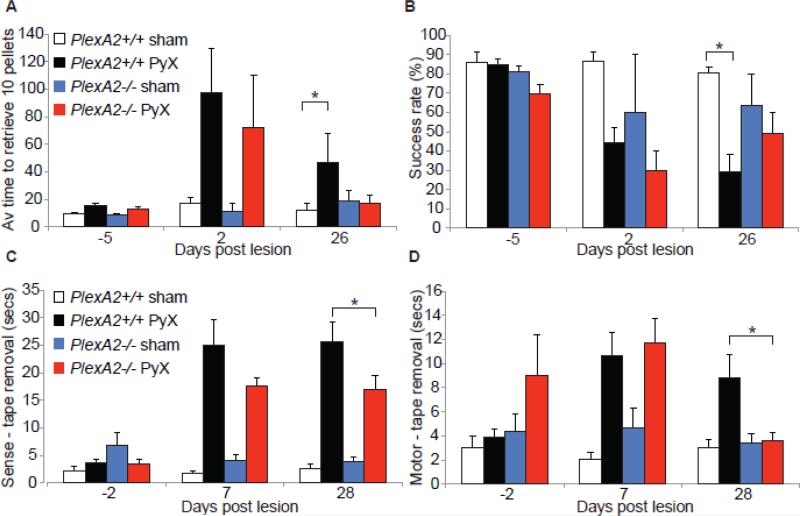Figure 5. Pyramidotomized PlexinA2-/- mice recover fine forelimb function.
PyX and sham lesioned wild type and PlexinA2 -/- mice were pre-trained and assessed post lesion in a forepaw pellet retrieval task (A, B) and a forepaw sticky tape removal task (C, D). Paw usage prior to injury was identical between genotypes in average pellet retrieval time and success rate (A, B). Within the first week post lesion wild type and PlexinA2-/- mice displayed robust deficits in pellet retrieval time (A) and success rate (B) with affected right forepaw. By the end of the testing period PlexinA2-/- mice demonstrated forepaw dexterity insignificantly different from sham lesioned controls in pellet retrieval time and success rate. In contrast, wild type mice maintained a significant deficit in retrieval time (A, * P<0.05, ANOVA) and success rate (B, * P<0.05, ANOVA). The tape removal task allows for assessment of both sensory (C) and motor (D) function by the affected forepaw. There was no significant difference between genotypes during the pre-testing period (C, D). Seven days post lesion both wild type and PlexinA2-/- mice demonstrated robust deficits in their ability to sense (C) the presence of the tape on their forepaws and an elevation in the time taken to remove the tape (D). By the end of the testing period PyX PlexinA2-/- mice had recovered significant sense (C, * P<0.05, ANOVA) and motor (D, * P<0.05, ANOVA) function in comparison to PyX wild type mice.

